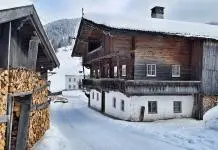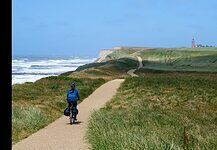Travel to Japan
The island country of Japan is located in the midst of the Pacific Ocean, vulnerable to earthquakes and the ravages of tsunamis.
Japan is an archipelago of 6,852 islands but the ‘Big Four’ consist of Hokkaido, Honshu, Shikoku and Kyushu. The land has 47 prefectures from Hokkaido in the north to Okinawa in the south.
A wonderfully resilient country, Japan has a global image of prosperity, progress and development, particularly in building up infrastructure in the large cities. People visit Japan to immerse themselves in the country’s ancient culture and to learn about Japanese traditions.
However, being a land of contradictions, Japan also has so much modernity to offer the visitor. Japanese art and architecture, the delicious food, the quiet, respectful nature of the Japanese people are all things to be appreciated.
Witness a bunraku, kabuki or rakugo performance, a tea ceremony, visit a relaxing onsen, one of the country’s 22 UNESCO World Heritage sites or learn calligraphy practices from the masters themselves- Japan has all this and much more to offer.

















































